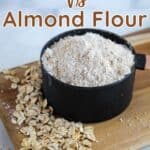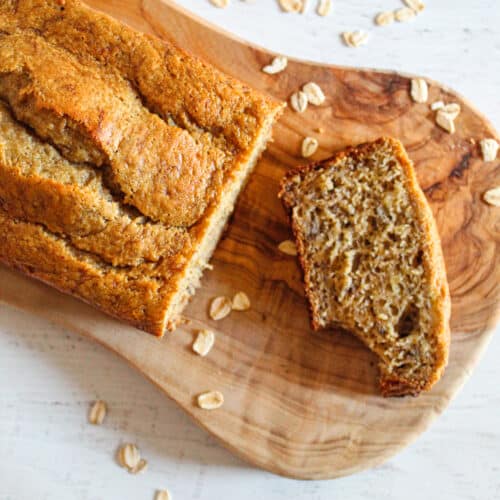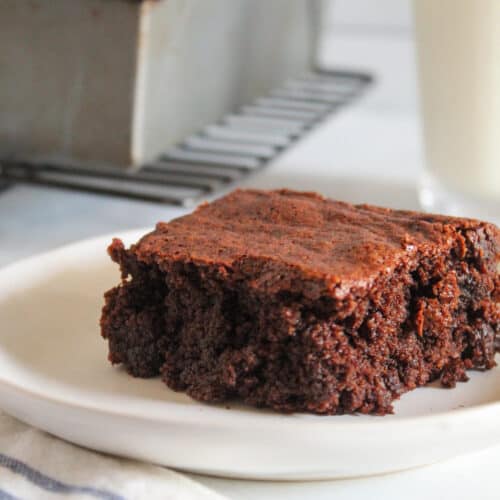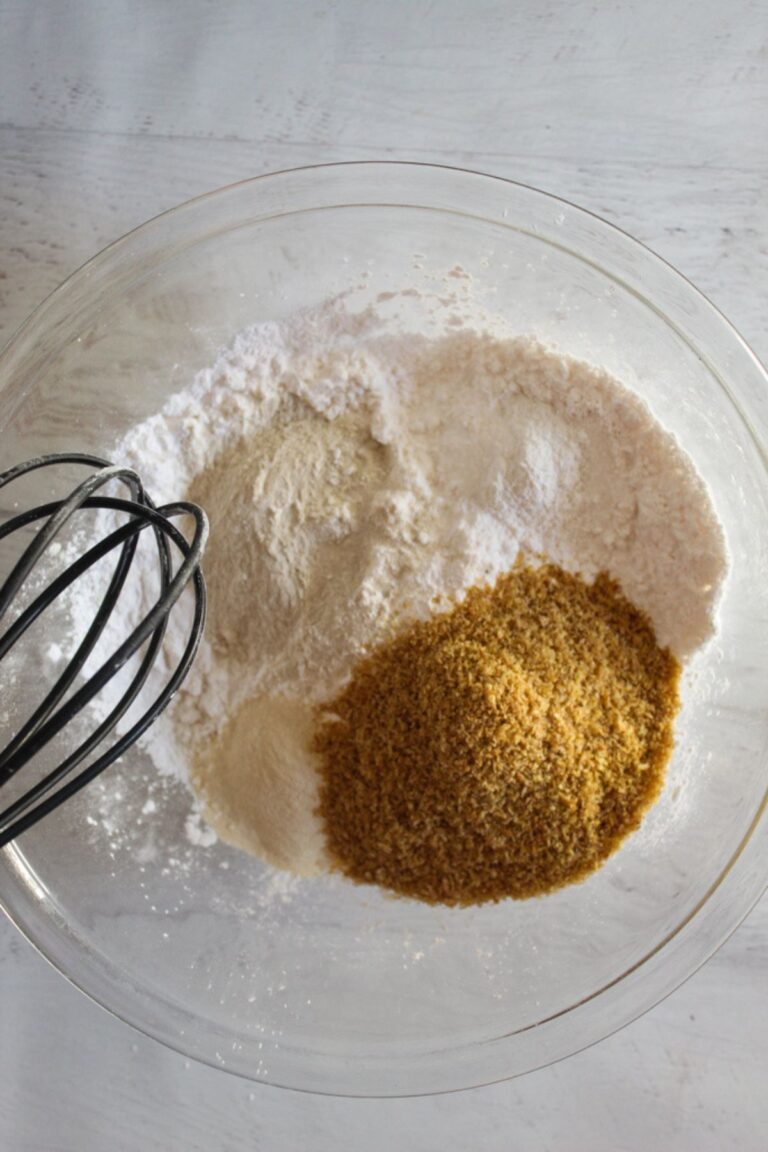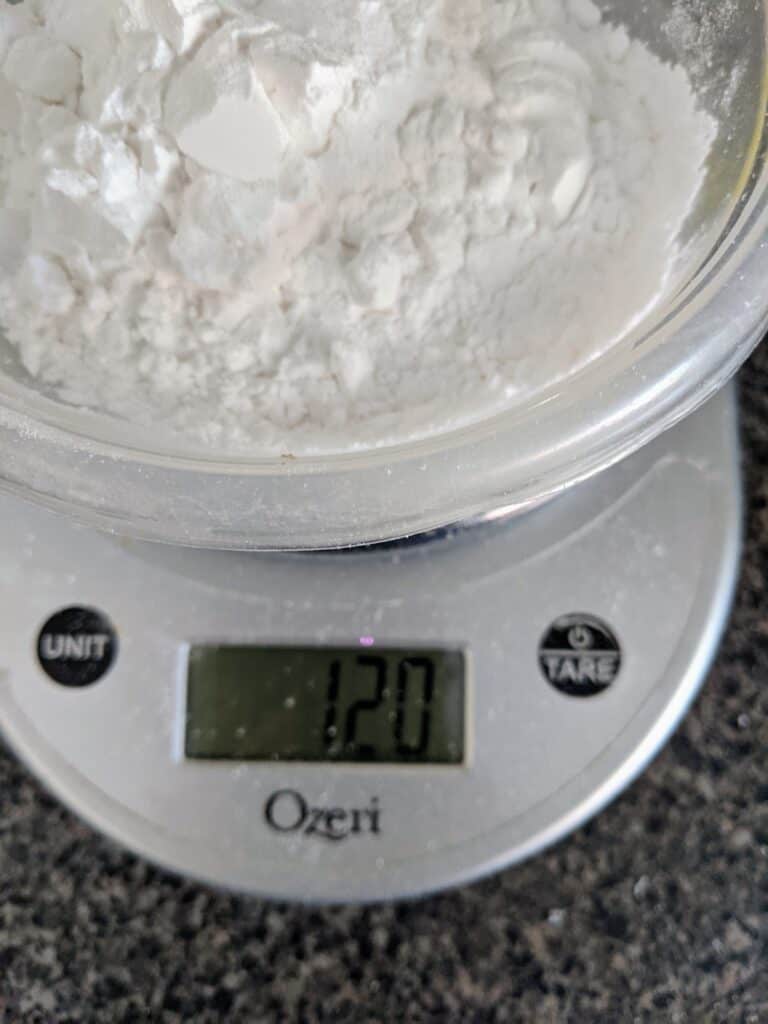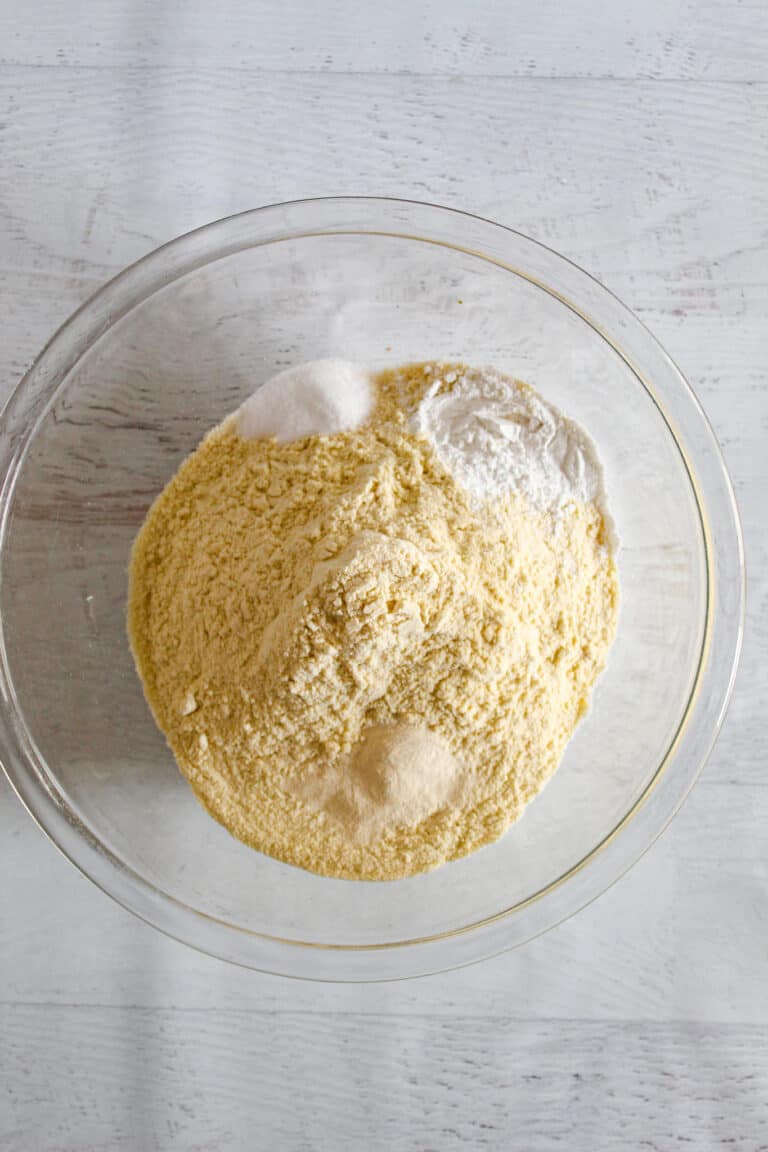Oat Flour vs Almond Flour: Substitutes, Pro Tips, and More
Almond flour and oat flour are two of the most popular gluten-free flours, but what are they exactly, and how do you use them? They are quite different flours, and it's important to understand those differences before you start baking. Learn everything you need to know about oat flour and almond flour for delicious results every time!
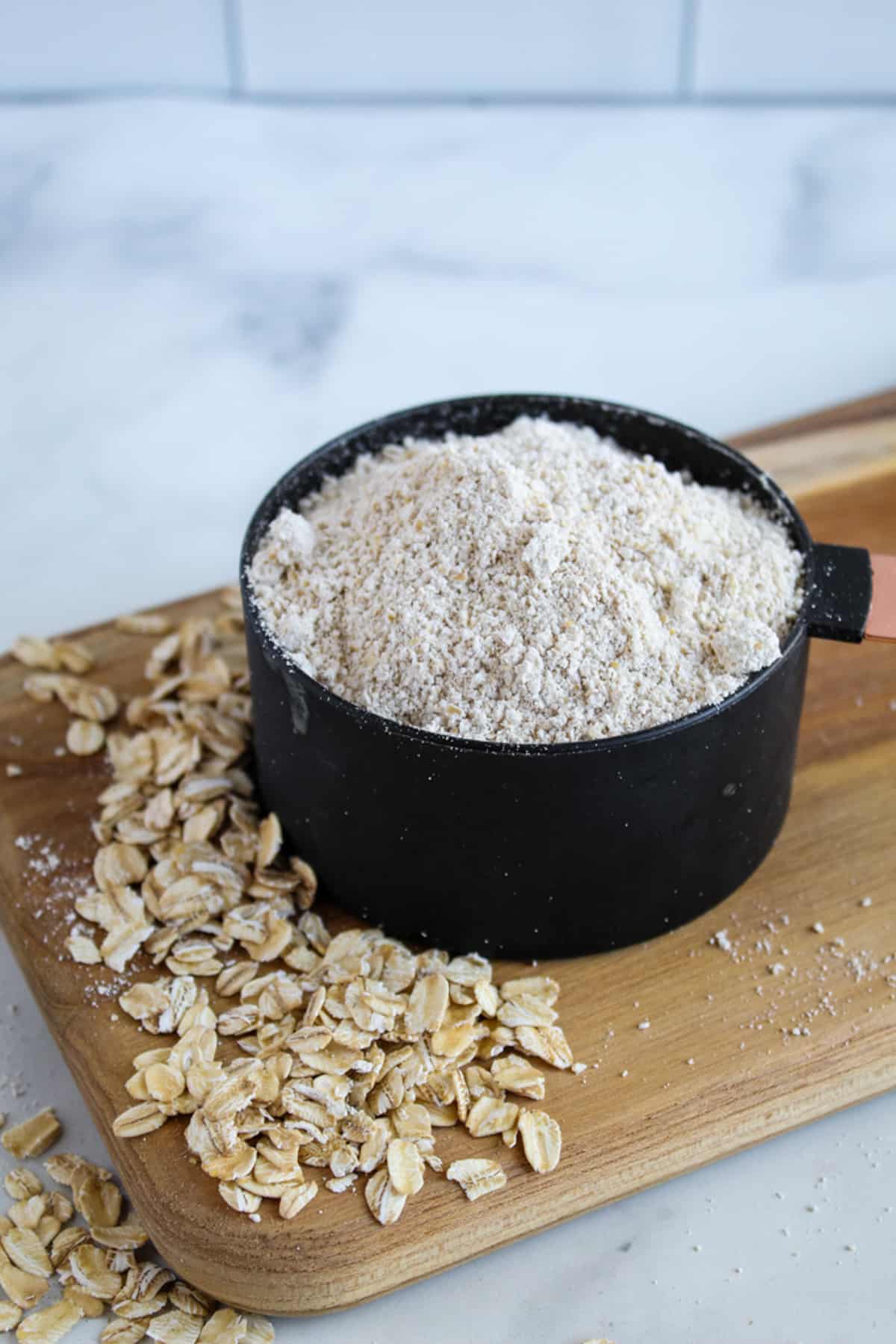
Need more information about gluten-free substitutes? Learn more about cassava flour vs tapioca starch, check out these corn flour substitutes, or dig into the differences between xanthan gum and cornstarch!
Jump to:
Similarities & Differences
Both of these gluten-free flours are made by grinding either oats or almonds into fine flour. They can then be used as a standalone flour replacement or blended with other gums, flours, or starches as part of a gluten-free flour blend. As flours, they can provide the necessary structure to your recipes and give your favorite cakes and cookies body.
As an affiliate partner of various brands and sponsored content, Zest for Baking may earn commission on qualifying purchases. Disclaimer
Nutritionally, they're quite different. Since oat flour is made from a whole grain, it is higher in carbohydrates, whereas almond flour has a higher fat content and is lower in carbohydrates. They are both great sources of essential nutrients, especially manganese, phosphorous, and magnesium.
From a flavor perspective, they both have a light texture and a mild flavor, but the nutty flavor of almond flour is unmistakable. They can sometimes be used interchangeably in recipes since both flours absorb liquids similarly, but that is not always the case. They're also some of the best alternatives for traditional wheat flour on a gluten-free diet.
Since oats are often processed in the same facilities as wheat products, they can be contaminated with gluten unless you purchase certified gluten-free oat flour. Of course, almond flour contains tree nuts, so it is not suitable for people with nut allergies. However, it is a good option for people with gluten sensitivity, and it's suitable for people on a low carb diet.
What is Oat Flour?
Oat flour is made by grinding rolled oats into a fine powder. This process includes steaming the whole oat groats, removing the hulls, and then roasting them before grinding the oats into a powder. It has a slightly sweet, neutral flavor similar to oatmeal that is great for adding to baked goods.
Uses
Oat flour is very similar to regular white flour and can be used as a 1:1 flour replacement in some recipes. You can even make oat flour at home by blending whole oats in a high-speed blender or food processor! Oat flour is an excellent choice for making gluten-free waffles, chocolate chip cookies, crepes, oat bread, and so much more.
Need something a little different? Learn about the best oat flour substitutes here.
Nutrition
Oats are a good source of plant-based protein, and just half a cup contains nearly a day's amount of manganese as well as phosphorous, magnesium, copper, zinc, and B vitamins. Oats and oat flour also contain a special type of soluble fiber called beta-glucans, which have fantastic health benefits. Beta-glucans are naturally anti-inflammatory and can help prevent tumors, allergies, weight gain, and other health issues.
It's important to remember that oat flour is high in carbohydrates, high in fiber, and relatively low in fat, so it might not be suitable for everyone. In general, it's one of the best alternative flours on the market and a personal favorite.
Best for baking
The quality of your ingredients can make a huge difference, and if you have celiac disease, you need to purchase certified gluten-free oats. If you want to make your own oat flour at home, I recommend Bob's Red Mill and Nuts.com. To buy premade oat flour, try Nuts.com or Anthony's. These sources are certified gluten-free and will give you great baking results.
What is Almond Flour?
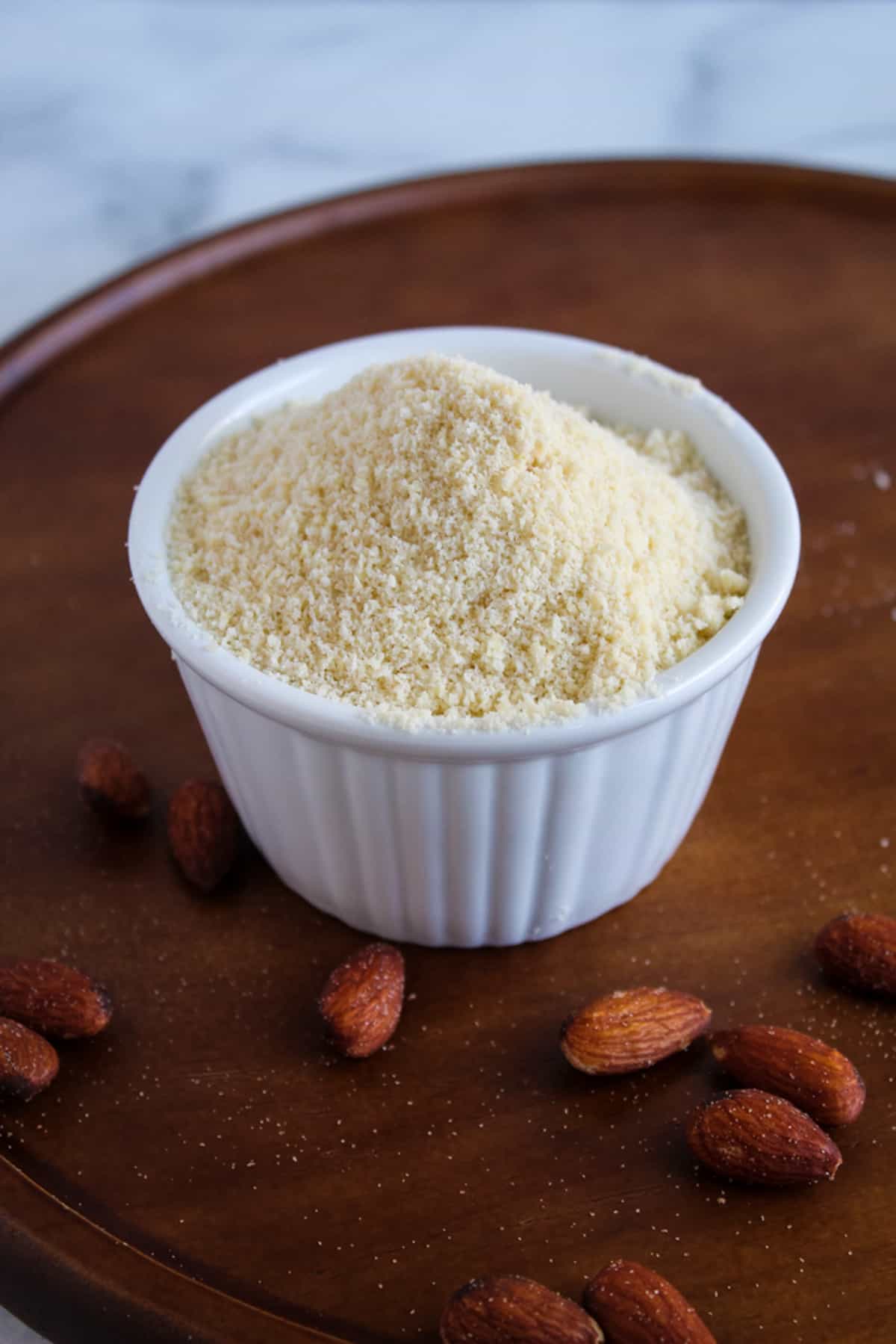
Similar to oat flour, almond flour is made by grinding almonds into a powder. The almonds must first be blanched, then the peels are removed, and the nuts are ground into fine powder. Almond flour has a slightly nutty flavor and a lighter texture than almond meal, which makes it a great way to add extra flavor and a natural tenderness to your favorite recipes.
Learn more about the differences between almond flour and almond meal here.
Uses
You'll find almond flour in a wide variety of recipes these days, especially for people on a gluten-free diet. It absorbs liquids similar to oat flour, but it can be somewhat crumbly with a slight grittiness.
Almond flour also doesn't have the same elasticity or flexibility as other flours or starches. To remedy this, it's often paired with eggs or other ingredients that can bind the dough together. For example, the recipe for these almond flour tortillas calls for psyllium husk powder to make them soft and flexible. This gluten-free brownie recipe calls for three eggs, which helps give the almond flour the flexibility and structure it needs for the perfect fudgy texture without falling apart.
It's really a wonderful option for a wide variety of recipes, including the best sugar cookies, blueberry muffins, gluten-free biscuits, quick breads, and more!
Nutrition
Since almond flour is made from nuts, it is a good source of healthy fats and is naturally low in carbohydrates. This makes it incredibly popular for people on low-carb diets like the keto diet.
It's also high in monounsaturated fats, which are good for heart health, and the high quantity of vitamin E may help prevent cognitive diseases. Additionally, almond flour contains other essential nutrients, like manganese, magnesium, phosphorous, copper, calcium, and iron. Since almond flour comes from ground almonds, it is not suitable for people with tree nut allergies.
Best for baking
I prefer to use almond flour from Nuts.com. You may also find almond flour labeled as "bleached almond flour" in your local grocery store or bulk retailer. Be careful not to grab almond meal instead, as that's a different type of flour that won't have the same results.
Oat Flour vs Almond Flour FAQs
Can I substitute almond flour with oat flour?
In many cases, yes! Almond flour is a favorite substitute for oat flour because they have a similar texture and work like each other in recipes. You can sometimes use them interchangeably in your favorite gluten-free bakes. Learn more about the best almond flour substitutes here.
What happens if you use almond flour instead of oat flour?
Almond flour and oat flour are often used as substitutes, so you'll most likely still get a good result. However, there are a few things to remember. First, almond flour is higher in fat, which can lead to a slightly denser texture (great for these blueberry muffins!). It also has a nutty flavor, which may affect the final flavor of your bake.
What is the difference between almond flour and oat flour?
The main difference between almond flour and oat flour is that they are derived from completely different sources. Almond flour is made from ground, blanched almonds, while oat flour is made by grinding oats into a fine powder. Nutritionally, they also have some differences (almond flour is higher in fat and low in carbs, and oat flour is higher in carbs and lower in fat), but they absorb liquids similarly in recipes. In fact, they can sometimes be used as a 1:1 replacement in your favorite gluten free recipes. They're both great flour alternatives to have on hand!

